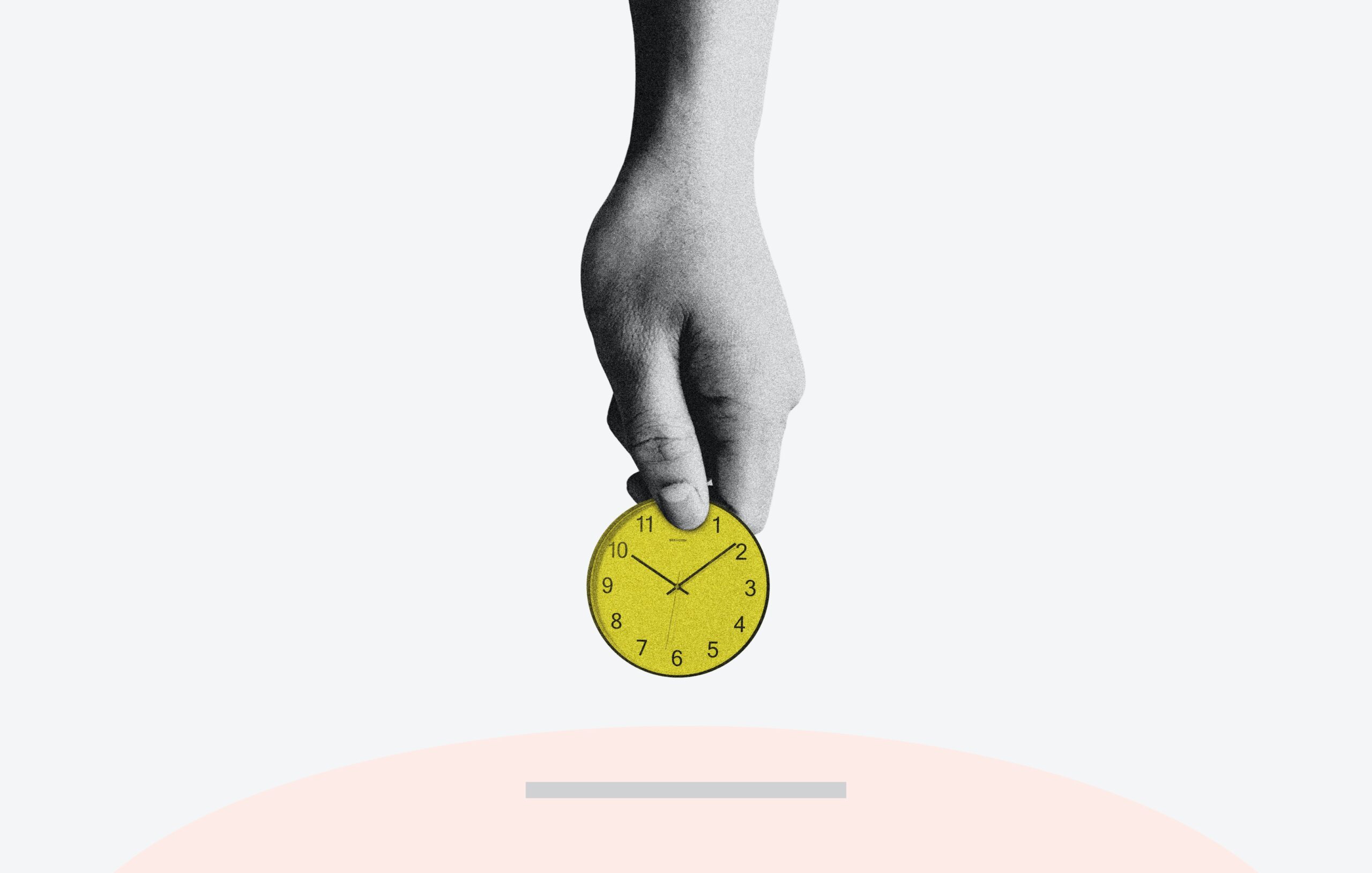

Last month’s launch of FedNow has sparked discussions on the future of real-time payments and their implications on banks and fintechs. In an interview with ConnexPay Founder and CEO Bob Kaufman, we look at the introduction of FedNow and how it stands to impact competition and adoption across the sector.
The interview also sheds light on the shift away from checks and cash, looks at the impact real-time payments will have on banks, and offers insight into strategies to stay ahead of the curve.
How will FedNow’s recent launch impact competition and adoption across the sector?
Bob Kaufman: In my view, FedNow effectively bridges the gap that exists between the traditional ACH infrastructure and the Federal Reserve’s payment rails. While ACH offers a reliable solution for high volumes of payments, its drawback lies in its lack of real-time processing. Even with the introduction of same-day ACH, there remains a risk of funds being reclaimed within a short span. This limitation becomes evident in situations such as property purchases where swift transactions are crucial – a circumstance for which the wire network was established. However, the wire payment system comes with its own set of drawbacks, notably its high cost and the manual intervention required.
What are the current barriers to mass adoption of real-time payments?
Kaufman: FedNow targets small-dollar peer-to-peer transactions and operates solely within the United States. In contrast to card-based transactions, there also appears to be a lack of a robust dispute resolution process for FedNow, although there have been discussions about implementing one.
When we consider the present use of credit cards, it’s interesting to note the confidence we place in the act of handing our cards to unfamiliar entities. This applies particularly to transactions involving businesses we’ve never engaged with before. We readily input those 16-digit card numbers without dwelling on the potential consequences if the purchased items fail to materialize at our doorstep. This level of assurance stems from the knowledge that, should an issue arise, we can promptly contact our bank, initiate a dispute, and subsequently reclaim our funds. This chargeback process is a fundamental reason why credit cards remain a prevailing payment method.
The dominance of Visa and Mastercard in the market is largely attributed to their establishment of a highly effective chargeback mechanism. This tried-and-true approach provides a reliable means of resolving transactional disputes that isn’t as well-developed within alternative payment avenues.
What impact will real-time payments have on banks?
Kaufman: I believe that the banking sector stands to benefit from addressing the current shortcomings within the ACH and wire transfer systems. While ACH transactions work seamlessly for many B2B payments due to their scalability, they each have limitations when it comes to P2P and certain other transaction types. ACH will undoubtedly continue to serve a purpose for pre-authorized payments, enabling businesses to initiate ACH transfers to designated recipients when there’s an assurance of incoming funds.
However, ACH encounters challenges, especially in terms of data handling. In contrast, credit card transactions provide an array of comprehensive details, including Level 3 data, allowing for precise identification of invoices and the nature of the payment. This wealth of information ensures clarity in understanding the purpose of a transaction. The reconciliation process poses a significant issue with ACH transactions, particularly for the CFOs of large corporations. Their checking accounts could be inundated with hundreds of ACH records on a daily basis, often without clear indications of their corresponding purposes. This discrepancy creates a reconciliation nightmare that doesn’t arise when utilizing credit card transactions, where the associated data provides a more transparent overview of each transaction.
Will the real-time payments boom in the U.S. lead to the end of checks and cash payments?
Kaufman: Throughout my tenure in this industry, the consensus has been that checks are steadily fading into obsolescence. Admittedly, it’s been quite some time since I’ve personally written a check, and even my 20-year-old children are unfamiliar with the concept. In that regard, checks have essentially become a thing of the past.
While checks are dwindling, they persist in B2B payments, constituting nearly half of such transactions. COVID-19 impacted cash usage, yet it remains for businesses lacking stable internet connectivity. The complications of cash management and the IRS’s stance on it provide incentives to phase it out.
At ConnexPay, our objective is to serve as a comprehensive solution for inbound and outbound funds for companies that operate as intermediaries (such as travel agencies, Doordash, Uber Eats, and ecommerce marketplaces), rather than producing their own goods or services. We’re committed to addressing the diverse payment requirements that these businesses demand. This is precisely why we offer options like push-to-card, ACH, and wire transfers.
What is ConnexPay doing to stay ahead of the trends in the industry?
Kaufman: ConnexPay was established with a vision to address the fragmentation in the payments industry. Our goal is to streamline the payment process for companies by offering both incoming and outgoing payment solutions. Unlike our competitors, we provide a unified approach, resolving pain points like cash flow issues. Our real-time access to funds sets us apart.
We are agile in responding to customer needs and rapidly implementing new solutions. For instance, consider companies like AirBnB – although they are not yet our clients, such firms have expressed a need to compensate consumers rather than businesses on the opposite end of a transaction. These companies prefer not to rely on credit cards; instead, they appreciate the benefits of real-time access and the potential data insights associated with such transactions. To address this requirement, we recently introduced Push-to-Card Payouts. A similar scenario could arise with FedNow. However, it’s worth noting that we currently serve 250 clients, and none of them have indicated a desire for ConnexPay to provide this particular offering.
Photo by Morgan Housel on Unsplash